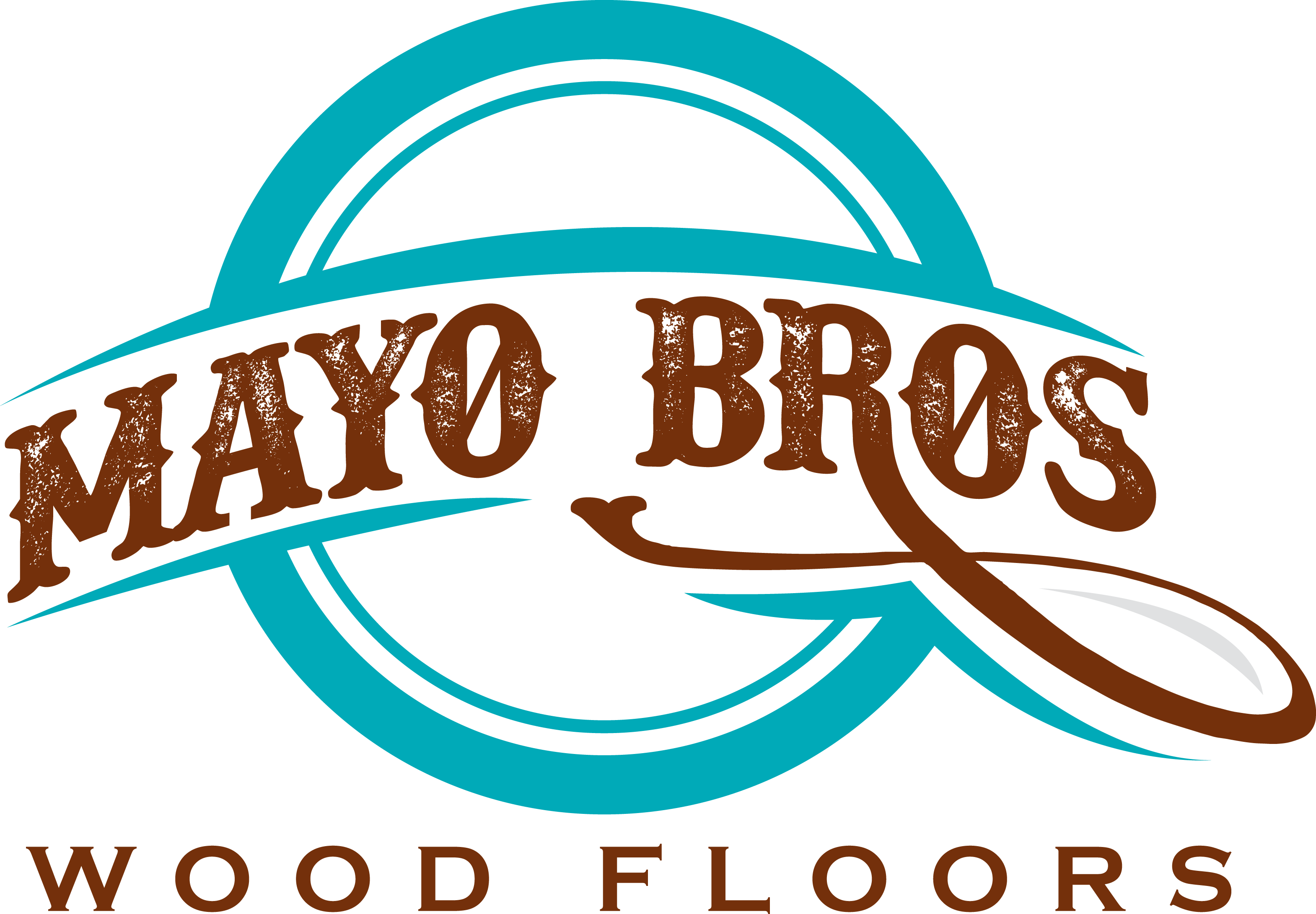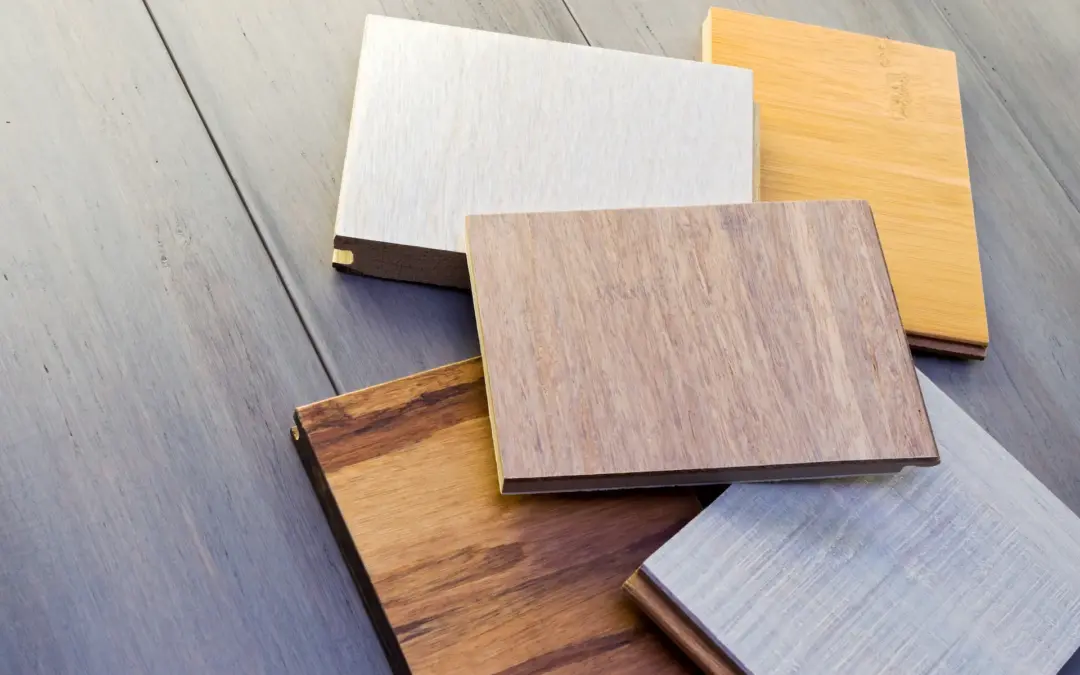Wood floors are a timeless and elegant choice for any home, offering a warm and inviting atmosphere. However, choosing the right color for your wood floors is a crucial decision that can significantly impact the overall aesthetics of your space. In this article, we’ll explore the best colors for wood floors, considering various factors to help you make an informed decision.
Introduction
A. Brief overview of the importance of choosing the right color for wood floors
Wood floors are a substantial investment and play a pivotal role in defining the visual appeal of your home. The color you choose sets the tone for the entire space.
B. The impact of color on the overall aesthetics of a space
Colors evoke emotions and influence perceptions. The right wood floor color can make a room feel larger, cozier, or more sophisticated.
Popular Wood Floor Colors
A. Neutral tones
1. Beige and tan shades
Neutral tones provide a versatile backdrop, allowing flexibility in decor choices.
2. Gray hues
Gray wood floors have gained popularity for their modern and sophisticated look.
B. Warm tones
1. Honey and amber shades
Warm tones add a sense of richness and coziness to a room.
2. Reddish-brown options
Classic and timeless, reddish-brown hues bring warmth and character to any space.
Matching Wood Floor Colors with Room Styles
A. Modern interiors
Sleek and minimalist interiors often benefit from cool, neutral tones and gray hues.
B. Traditional and classic settings
Warm and classic wood tones complement traditional decor, creating a timeless look.
C. Rustic and farmhouse aesthetics
Embrace the natural character of wood with warm, weathered tones for a rustic feel.
Considerations for Small and Large Spaces
A. Light colors for small rooms
Light-colored floors can make small spaces feel more open and airy.
B. Dark colors for large spaces
Dark wood floors add depth and drama to larger rooms, creating a more intimate atmosphere.
Maintenance and Durability
A. Concealing scratches and wear
Consider the practicality of concealing wear and tear, especially in high-traffic areas.
B. Resilience to stains and spills
Choose a finish that offers protection against stains, especially in kitchens and dining areas.
Trends in Wood Floor Colors
A. Contemporary color trends
Stay updated on current trends, but also consider timeless options that won’t go out of style.
B. Timeless choices that never go out of style
Classic colors like natural oak and walnut remain popular choices across various design eras.
DIY vs. Professional Installation
A. Ease of installation with lighter colors
Lighter-colored floors may be easier for DIY installations, saving on installation costs.
B. Professional touch for complex patterns and dark shades
For intricate patterns or dark shades, professional installation ensures a flawless finish.
Psychological Impact of Wood Floor Colors
A. Creating a calming atmosphere
Cooler tones can create a calming and serene ambiance in bedrooms and living areas.
B. Enhancing energy and warmth
Warm tones in common areas promote a sense of energy and warmth.
Environmental Considerations
A. Sustainable wood options
Choose environmentally friendly options such as reclaimed or FSC-certified wood.
B. Eco-friendly finishes and stains
Opt for finishes and stains that have low VOC content for a healthier indoor environment.
Cost Factors in Wood Floor Color Choices
A. Affordability of popular colors
Consider the budgetary aspects of popular color choices and their long-term value.
B. Long-term investment perspective
View your wood floor as a long-term investment that adds value to your property.
Testimonials and Case Studies
A. Real-life examples of successful wood floor color choices
Explore success stories of individuals who made well-informed color choices.
B. Impact on property value and resale potential
Understand how the right wood floor color can positively influence property value.
Maintenance Tips for Different Colors
A. Cleaning routines for light-colored floors
Light-colored floors may require more frequent cleaning to maintain their pristine appearance.
B. Special care for dark-colored floors
Dark-colored floors may hide dirt better but require specific maintenance to avoid scratches.
Choosing the Right Color for Your Lifestyle
A. Pet-friendly options
Consider colors that mask pet hair and scratches for a pet-friendly home.
B. Kid-friendly considerations
Opt for durable finishes that withstand the demands of a busy family with children.
Expert Recommendations
A. Insights from interior designers
Gain valuable insights from professionals on choosing the perfect wood floor color.
B. Flooring professionals’ advice
Learn from experts about the technical aspects and durability of different color choices.
Conclusion
A. Recap of key considerations
Summarize the key factors to consider when choosing the best color for your wood floors.
B. Encouragement for readers to explore and experiment with wood floor colors
Inspire readers to embrace creativity and experiment with wood floor colors to create their unique space.

